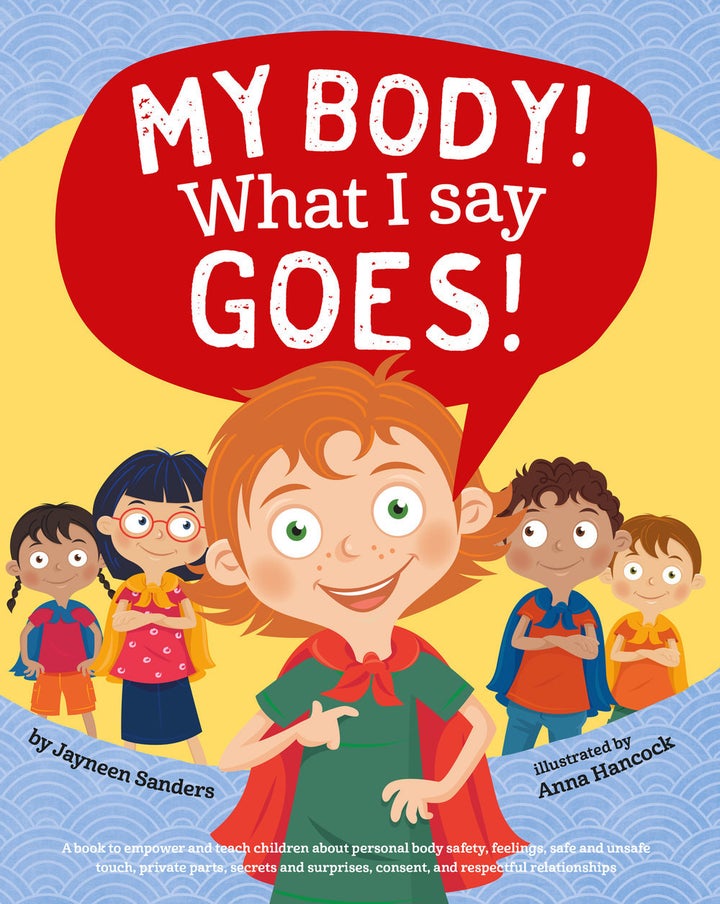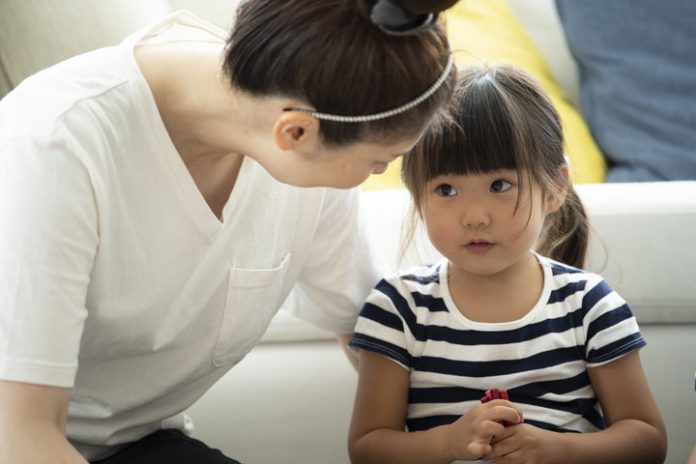There’s no deficiency of genuine discussions guardians ought to have with their youngsters. Also, in the age of the Me Too and Time’s Up developments, one essential exercise is the significance of our bodies and substantial independence.
“Body mindfulness talks are the most punctual discussions guardians can have with youthful youngsters to help their wellbeing and security,” sex teacher Melissa Carnagey said. Discussions about body parts and real independence establish the framework for understanding assent and sexual unfortunate behavior.
To advise these early exchanges, HuffPost addressed Carnagey and sex teacher Lydia M. Groves about the most ideal approaches to investigate the theme of private parts and real self-sufficiency with youthful children.
Here are their master upheld rules and tips for guardians and parental figures to remember.
Use The Proper Terms For Body Parts
“Body parts are body parts are body parts,” Bowers stated, accentuating that “penis,” “balls,” “vulva” and “vagina is not awful words. Guardians ought to end up happy with utilizing these terms or the comparing words in the event that they talk a dialect other than English at home.
“Frequently decisively, guardians will utilize exact terms for body parts like elbow, knee and nose, so parts like the penis, vulva, vagina and butt ought to be the same,” said Carnagey.
There are a few reasons kids ought to take in the correct terms for private parts rather than epithets. One is that having the correct dialect and setting enables children to convey obviously about their bodies. This is vital with regards to telling a specialist or parental figure where something damages or tingles.
“When we avoid saying words, we instill a sense of shame, of something to be avoided or hidden.”
– LYDIA M. BOWERS, SEX EDUCATOR
“Using accurate terms also better prepares them to talk confidently about changes they may experience to their body as they grow, especially to medical providers or in settings where they may be learning about their health,” Carnagey added.
“When we avoid saying words, we instill a sense of shame, of something to be avoided or hidden,” Bowers said. She added that using the correct terms is useful in teaching kids how to keep their bodies clean and healthy. “For proper hygiene, there’s a difference in how the bottom of the penis or the vulva are wiped and washed.”
Avoid Cutesy Language
Although it is tempting to use euphemisms and cutesy language when talking to little kids about their bodies, this can lead to problems.
“One issue is that there are so many alternate terms and many of them have other meanings. This can be risky because it can lead to a child being misunderstood by others, especially if they have experienced unsafe touch to that part of their body and need to report it,” said Carnagey.
Kids should be able to identify body parts as private and correctly name them so that they can communicate if they’ve been touched inappropriately.
“We sometimes give nicknames for body parts ― like ‘piggies’ and ‘noggin.’ But just like we also teach children those parts are actually called ‘toes’ and ‘head,’ they need to know real private-part terms as well,” Bowers explained. “If we’re using cutesy names because we’re embarrassed or ashamed to say the actual terms, we’re perpetuating the idea that somebody parts are dirty, bad or shameful.”
Promote Bodily Autonomy In Everyday Situations
“Creating a home culture where everyone’s body boundaries are respected is an important step,” Carnagey said. Parents can do this by not forcing their kids to share affection with others and by getting in the habit of asking for touch ― for example, saying “May I give you a hug?” rather than “Give me a hug.”
Carnagey advised that parents not dismiss unwanted touch between siblings or family members as play.
“In our home, for example, we have an agreement that no one should have to repeat ‘no’ or ‘stop’ before the boundary is respected,” she explained. “It may take some reminding and redirect at first, but when it’s consistently practiced, children become more mindful of the boundaries of others and come to expect theirs to be respected as well.”
Parents and caregivers can promote bodily autonomy in everyday circumstances like mealtimes. “When a child says that they are full or finished eating, avoiding a power struggle by not forcing them to take one more bite or finish their plate honors what their body is telling them,” said Carnagey.
Bowers pointed out that there are opportunities to teach these lessons while reading books or watching movies. Parents can say things like, “Should that prince has kissed the princess when she was sleeping? She wasn’t able to say yes or no.”
According to her, there are times that parents should not insist on asking for permission, however, like when changing diapers, taking kids to the doctor to receive medical care and bathing young children before they’re able to do it on their own.
“If we ask a child, ‘May I change your diaper?’ and they respond with ‘no,’ we’re left with two options. Either we violate their consent or we leave them in a dirty diaper, which is a health and safety hazard,” she explained. “Instead, we talk through with them. ‘It’s time to change your diaper. Your body did its job to get that out, and now we’re going to take off the dirty diaper. I’m going to use this wipe. …’ We can still show them that their body is worth respect, that we will be intentional and inform of the process.”
Use Books And Videos
Many children’s books promote themes of bodily autonomy and safety. Bowers and Carnagey recommended Jayneen Sanders’ books, especially No Means No!,Some Secrets Should Never Be Kept and My Body! What I Say Goes! Sanders also has a book geared toward caregivers called Body Safety Education.

Educate2Empower Publishing, Sanders’ publisher, is a great resource for families because it is an imprint specializing in children’s books on body safety, consent, gender equality, respectful relationships, and social and emotional intelligence.
Carnagey’s Sex Positive Families website features a reading list of over 100 books on sexual health for children and families, including many that tackle consent and bodily autonomy.
Bowers is a fan of What Makes a Baby by Cory Silverberg. “It’s a great basic intro into how babies are made, using the terms ‘sperm,’ ‘egg,’ ‘uterus’ and ‘vagina,’” she said. She also recommended C Is for Consent and Miles Is the Boss of His Body.
Beyond books, the Animated Child, an enrichment center in Virginia, offers a video version of My Body! What I Say Goes! and others on consent and safety. Amaze produces useful videos to inform these kinds of conversations as well.
Teach Kids To Trust Their Instincts
There are ways to help kids learn to trust their instincts, which can be a fundamental step in teaching bodily autonomy and contextualizing difficult experiences.
“Being in the habit of checking in and making space to hear from them how they are doing in a moment is a great way to help increase their body awareness and language around their experiences.”
– MELISSA CARNAGEY, SEX EDUCATOR
Carnagey suggested teaching kids to identify their feelings. Parents and caregivers can do this by asking questions like “How are you feeling right now?” or pointing out when they notice shifts in body language with statements like “I see that you’re frowning. Tell me what you’re feeling.”
“Being in the habit of checking in and making space to hear from them how they are doing in a moment is a great way to help increase their body awareness and language around their experiences,” she said. “This can make them more confident communicators and advocates for their wants and needs along their journey.”










